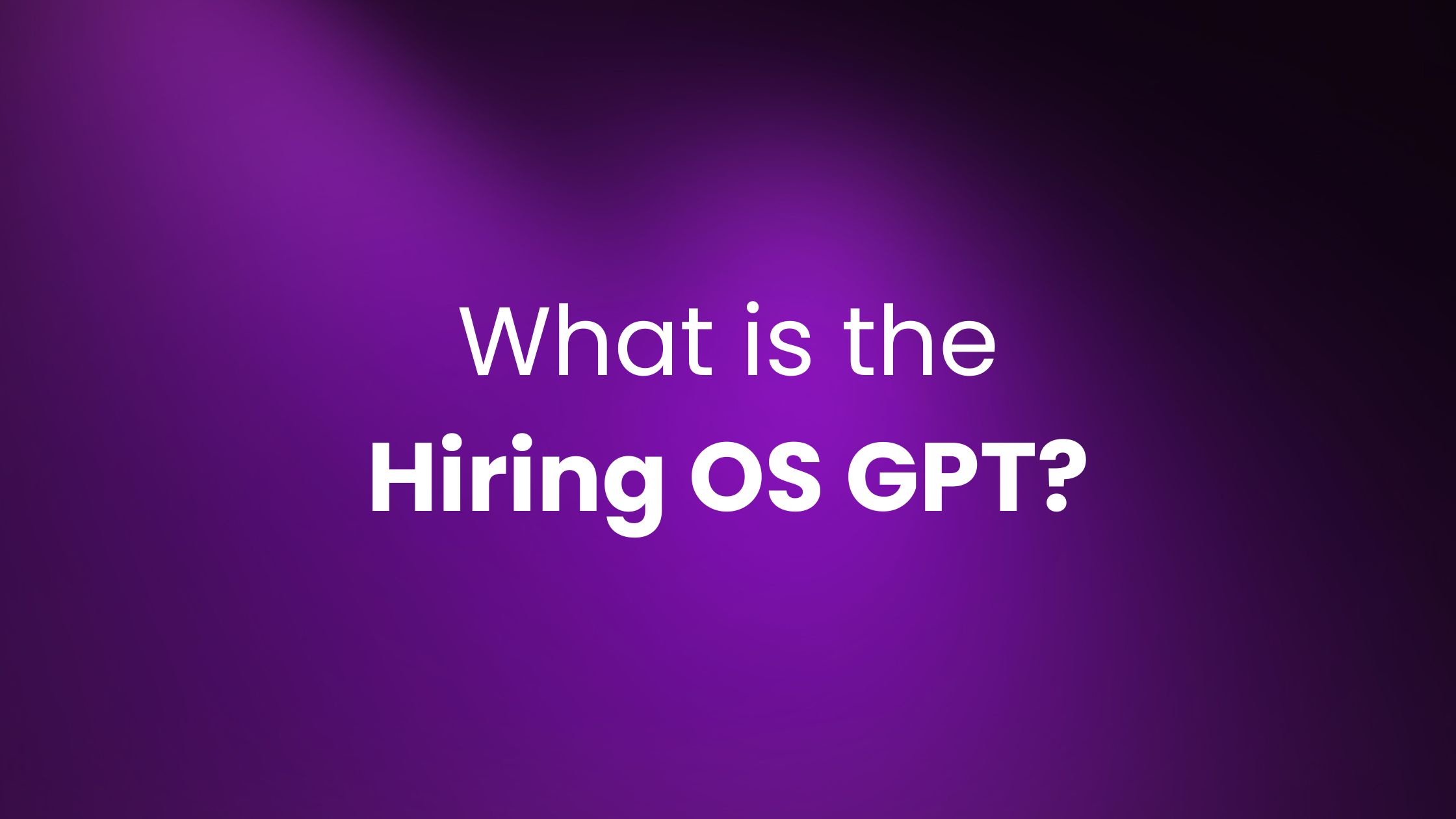TL;DR: Mastering SEO Communication
SEO success isn’t just about technical skills. it’s about how well you communicate them. Jargon confuses clients and execs, so use the “what, how, why” model to explain tactics clearly.
Tailor your message to different stakeholders, align SEO with business goals, and report results through storytelling, not just numbers.
Clear, confident communication builds trust, earns buy-in, and turns SEO into a visible driver of business growth.
How Can My Team Master SEO Communication to Drive Business Success?
SEO is one of the most misunderstood areas of digital marketing. To the trained eye, “crawling,” “indexing,” and “canonicals” are standard terms. But to a client or executive? It sounds like a foreign language.
That’s why mastering SEO communication is just as important as mastering the technical side of SEO. If you can’t explain what you’re doing, why it matters, and how it impacts business goals, your efforts risk getting lost in translation.
This guide will walk you through how to simplify SEO communication for different stakeholders, align it with business goals, and report in a way that earns buy-in.
Why Is SEO Communication So Important?
SEO is intangible, unlike ads or product updates, it’s hard for non-specialists to “see.”
Miscommunication can erode trust and make leadership question ROI.
Clear explanations build confidence, help secure resources, and keep projects moving.
In short: better communication = better SEO outcomes.
How Do You Explain SEO Jargon in Simple Terms?
As an SEO, you may instinctively talk about things like “sitemaps” or “snippets.” But most stakeholders aren’t fluent in this language.
Instead, always answer three questions:
What is it? (definition)
How does it work? (process)
Why does it matter? (business impact)
Example:
XML Sitemap → A file that lists important pages (what). It helps search engines crawl your site efficiently (how). This ensures all key pages can rank and drive traffic (why).
Link Building → Getting high-quality websites to link to you (what). This builds authority (how). It boosts rankings and organic traffic (why).
Featured Snippet → A search box result above #1 (what). It pulls short answers from content (how). It puts you at the very top of Google results (why).
Keeping this “what, how, why” model handy helps you bridge the gap instantly.
How Do You Tailor SEO Communication for Different Stakeholders?
Every audience has different priorities. Adapt your message:
Executives / CEOs → Focus on ROI, revenue, market opportunities.
Marketing Teams → Show how SEO supports campaigns and content.
IT / Dev Teams → Explain technical asks in terms of efficiency and timelines.
Clients → Keep it high-level but tied to goals: traffic, leads, sales.
👉 The rule: Speak their language, not yours.
How Do You Align SEO Communication with Business Goals?
Before you launch any SEO work, ask:
What does this business care about most? (sales, sign-ups, brand visibility)
Where does SEO fit into that?
What’s the fastest path to show impact?
For example:
A startup → keyword research and content planning might be priority #1.
An enterprise → technical SEO and scaling content might come first.
Clear alignment prevents wasted effort—and makes leadership more likely to keep backing SEO.
How Do You Measure and Report SEO Success Without Losing Your Audience?
Throwing a 30-page ranking report at a CEO doesn’t cut it. Instead:
Pick metrics that matter to your audience (traffic, conversions, ROI).
Use visual dashboards to make trends easy to see.
Add context: don’t just report numbers, tell the story.
Example: “Organic traffic grew 40% last quarter, which led to 120 new demo requests.”
By framing results as a narrative, you’re showing not just activity, but impact.
Final Words: Why SEO Communication Is the Real Growth Driver
Strong SEO results don’t just come from technical expertise. They come from communication that builds trust, secures resources, and connects SEO efforts to business outcomes.
Simplify jargon with “what, how, why.”
Adapt your language to different audiences.
Tie SEO to business goals.
Report with clarity and storytelling, not just numbers.
When everyone speaks the same language, SEO moves from a “mystery box” to a growth engine.
Ready to build an SEO team that not only executes but communicates strategy with clarity and impact?
At SEO For Hire, we connect agencies with pre-vetted SEO talent who know how to align their work with business goals and speak the language of clients and executives.
Book a discovery call today
Let’s talk about how we can strengthen your team with SEOs who drive both rankings and results.



